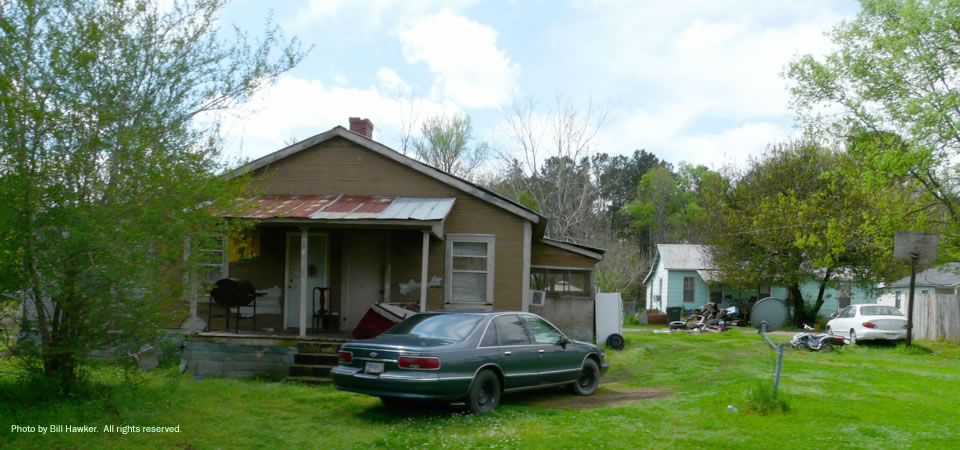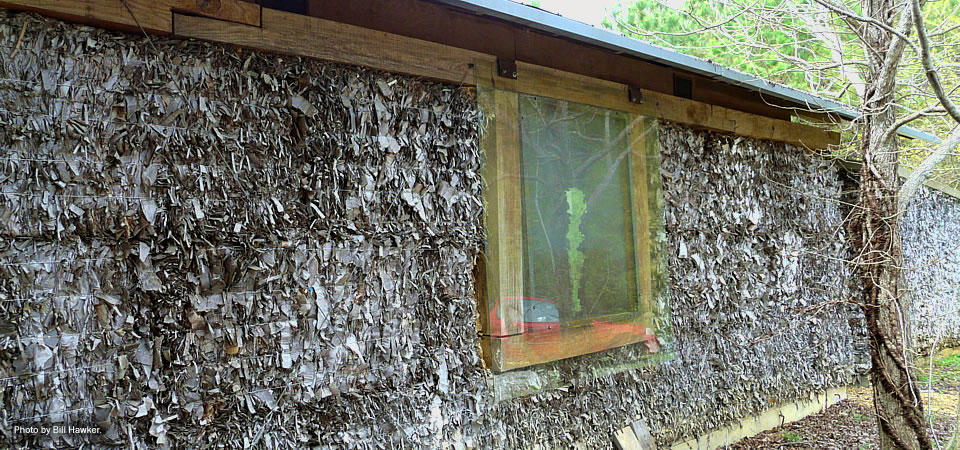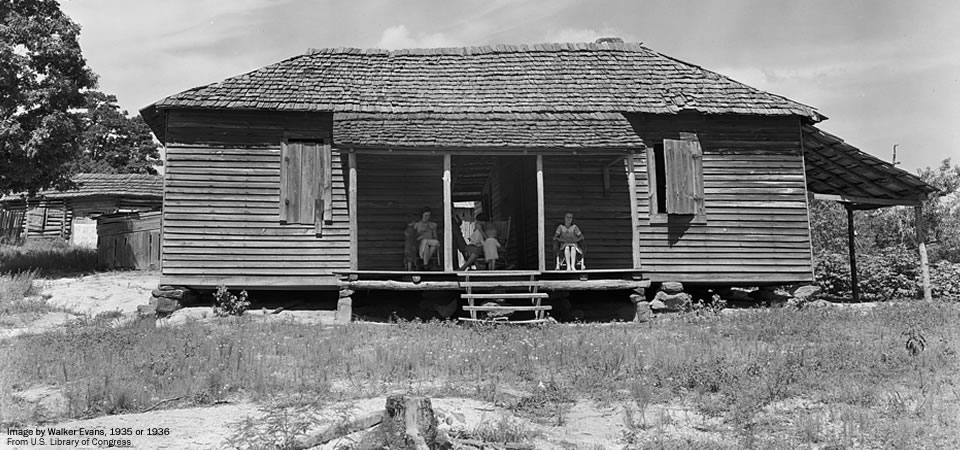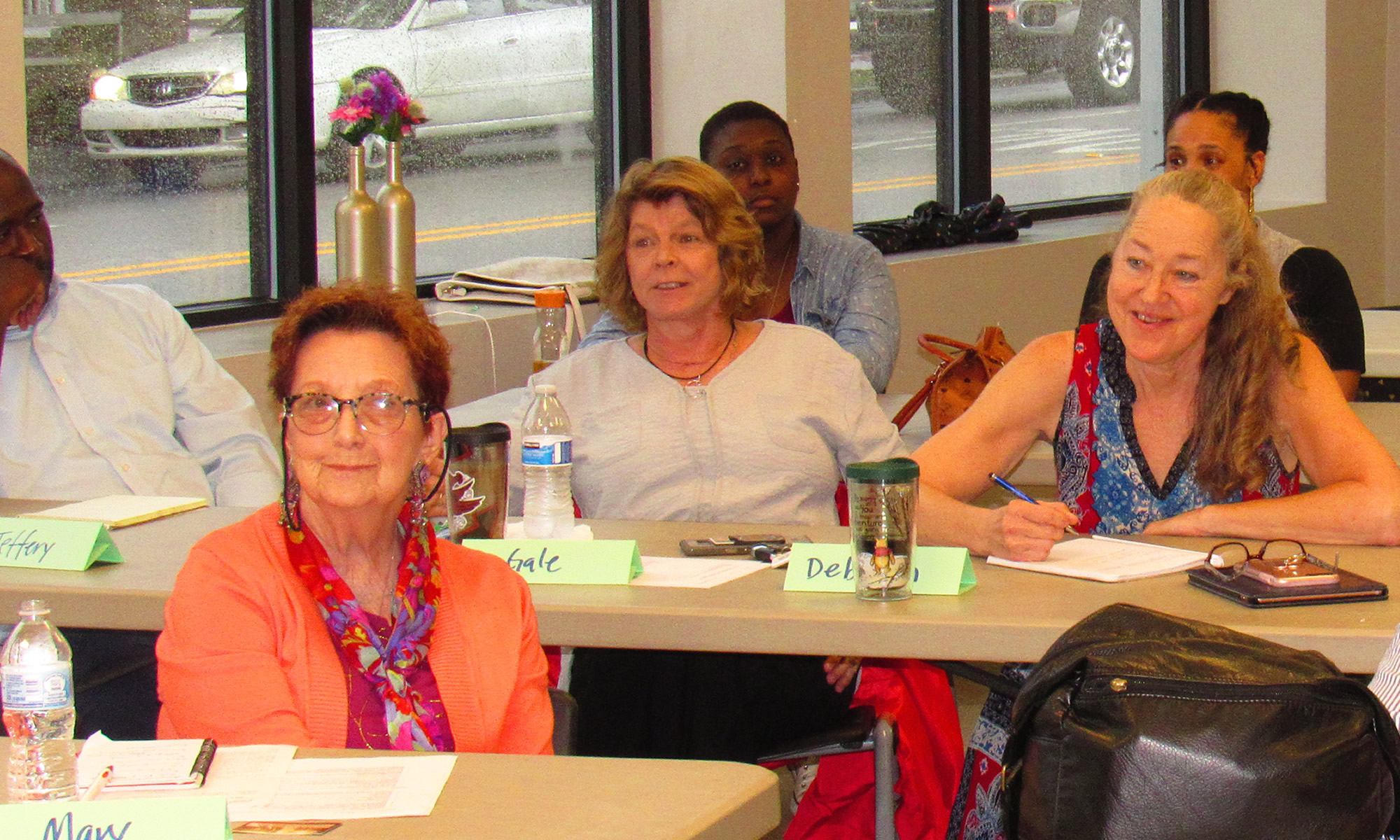
“Black Belt,” Bellamy, Ala.

The term “Black Belt” means different things to different people. For geographers, it means a swath of black topsoil that cuts through the middle of Alabama that was the foundation of cotton crops and an agricultural economy. For sociologists, though, it is a term that reflects a crescent-shaped region that includes the same area of Alabama, but stretches westward toward the Delta area and eastward through Georgia, hooking northerly to the Carolinas and Tidewater Virginia — the area we call the “Southern Crescent.”
The picture above is from Bellamy, Ala., and is representative of the poverty found throughout the Crescent. Bellamy, which has about 500 people, a post office and a health center, was several miles from the closest gas station or country store on our last visit to the area in 2009. Bellamy is in rural Sumter County, Ala., where 38 percent of the population lives at or below the federal poverty level.
- QuickFacts about Sumter County from the U.S. Census
- More on the “Black Belt”
- SIGN UP to get a photo from the Southern Crescent sent to you every other day by email.
Photo by Bill Hawker, Sydney, Australia, in March 2009 for the Center for a Better South. All rights reserved.
Rural Studio, Hale County, Ala.

Hale County, Ala., the locale for the 1941 book “Let Us Now Praise Famous Men” by James Agee with photographs by Walker Evans, remains poor today. Some 26 percent of people in Hale County live in poverty, according to the U.S. Census.
But also today, Hale County has Auburn University’s Rural Studio, an undergraduate architecture program that has been designing creative houses and public structures throughout the county since 1993. Above is the outside wall of a corrugated card building built in 2001 on the Rural Studio campus in Newbern. Click here for more.
In 2013, students worked on four structures, including a solar greenhouse and converted an old bank building into a community library in Newbern. More.
- Learn more about Hale County today from Rural Studio.
- Census QuickFacts about Hale County.
Photo taken in Marcy 2009 by Bill Hawker, Sydney Australia, for the Center for a Better South. All rights reserved.
Tenant house during Depression, Hale County, Ala.

The new publication of a 70+ year old unpublished essay by James Agee on the terrible poverty of the American South during the Great Depression has folks looking anew at the issue that has plagued the region since the Civil War.
“Cotton Tenants: Three Families,” published this week, chronicles the lives of people in rural Hale County, Ala., as outlined in this story in The New York Times. Along with stunning documentary photographs by Walker Evans, Agee eventually published the 1941 work, “Let us now praise famous men,” which garnered more attention in the early 1960s than it did when originally published.
Agee originally was hired to write an essay for Fortune magazine, but apparently argued with editors about a 30,000 word draft, which was first published in full this week.
- Get more context by reading the full story here.
- See Evans’ original photo here.
- Learn more about Southern poverty at SouthernCrescent.org


